Have you ever wondered about the ancient people who lived long before our modern world? These civilizations built cities, created art, and made discoveries that shaped history. Yet, many of them are not well-known today. Let’s explore 15 forgotten civilizations from around the world. You’ll be amazed by their achievements and the mysteries they left behind.
The Indus Valley Civilization
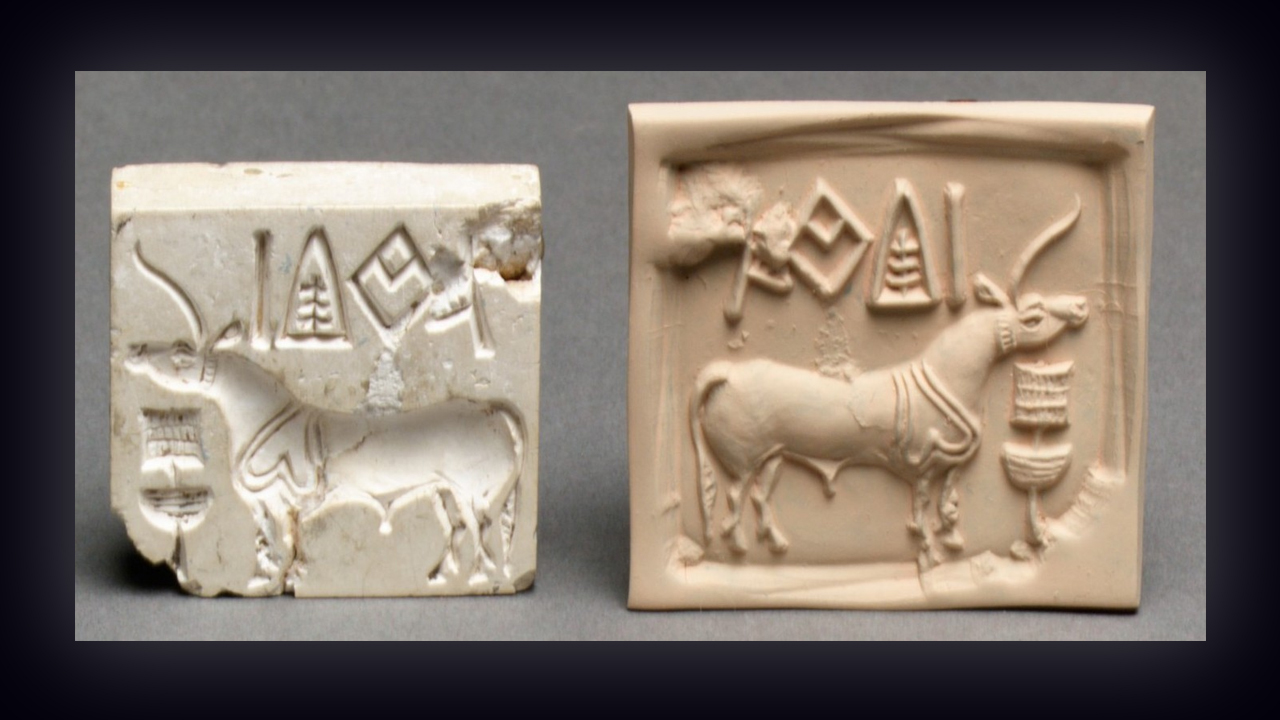
The Indus Valley Civilization thrived around 2500 BCE in what is now Pakistan and northwest India. They built advanced cities with impressive drainage systems and uniform buildings. Their script remains undeciphered, and little is known about their rulers or religion. This civilization declined around 1800 BCE, possibly due to climate change or invasion.
The Nok Culture
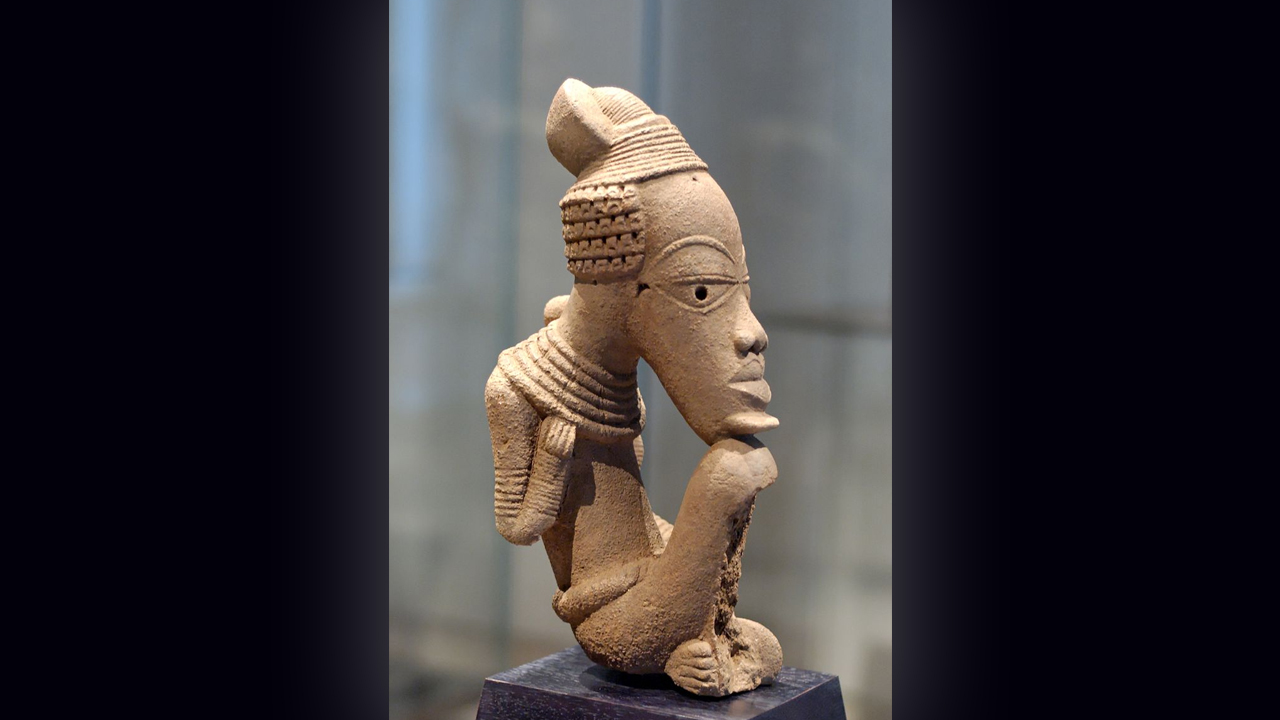
The Nok culture existed in what is now Nigeria from around 1000 BCE to 300 CE. They are famous for their terracotta sculptures, which are some of the oldest in Africa. The Nok people were early iron workers and created sophisticated tools and weapons. The reasons for their decline remain unclear, but their influence is seen in later West African cultures.
The Minoans
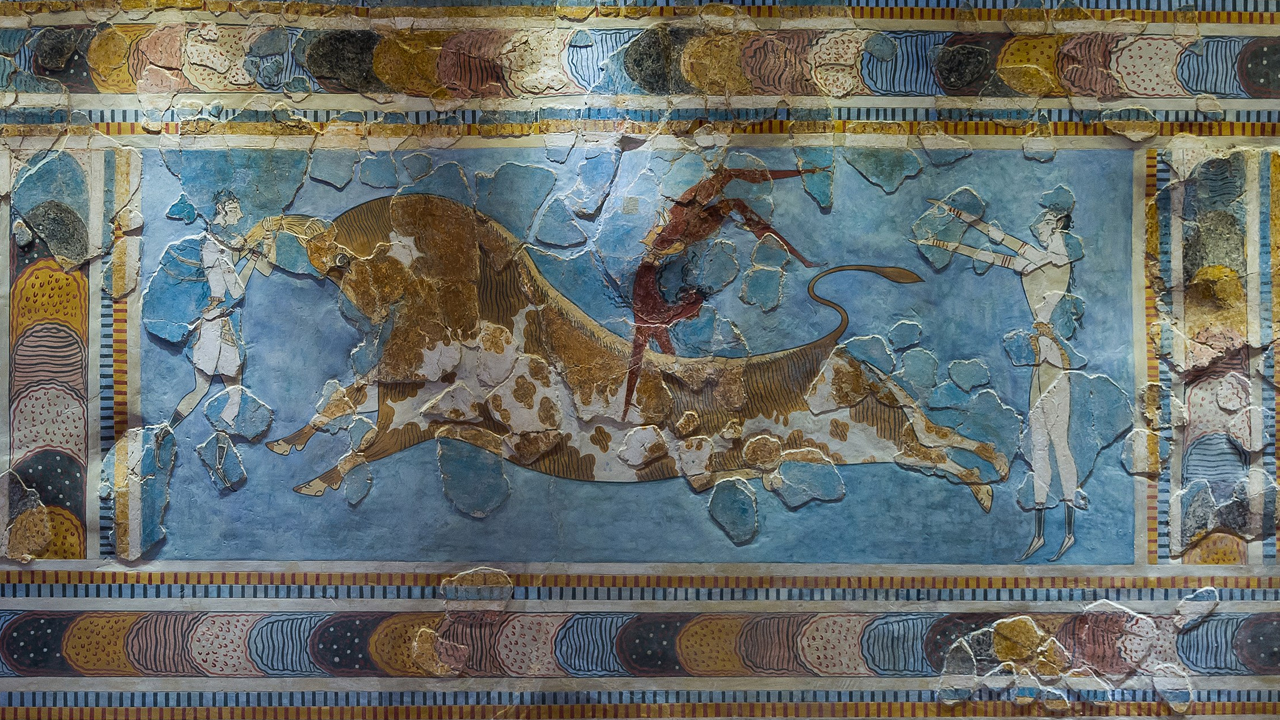
The Minoans lived on the island of Crete from around 3000 to 1100 BCE. They built grand palaces, like the one at Knossos, and had a complex society with a powerful navy. The Minoans are also known for their art and advanced plumbing systems. A volcanic eruption on nearby Thera and subsequent invasions likely led to their decline.
The Etruscans
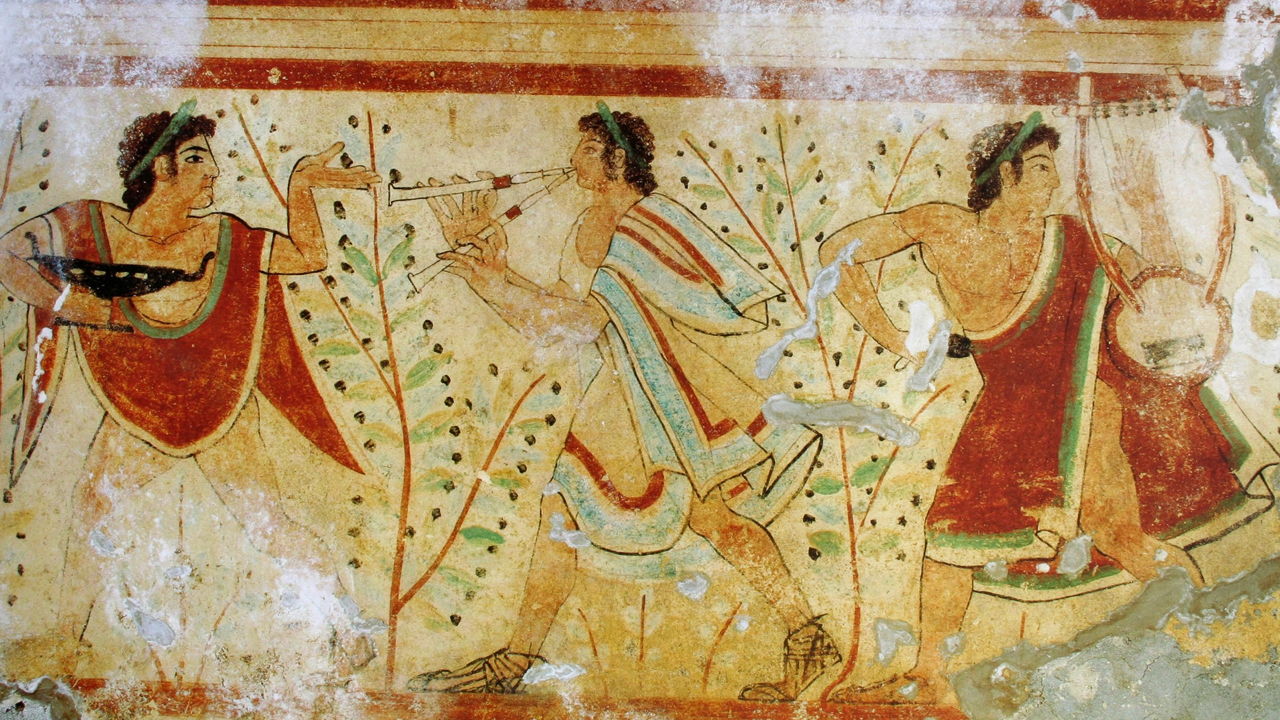
The Etruscans were a powerful civilization in ancient Italy before the rise of Rome. They flourished from around 900 BCE to 400 BCE, influencing Roman culture in areas like religion, architecture, and government. Etruscan tombs reveal much about their daily life and beliefs. They eventually assimilated into the Roman Republic, losing their distinct identity.
The Hittites
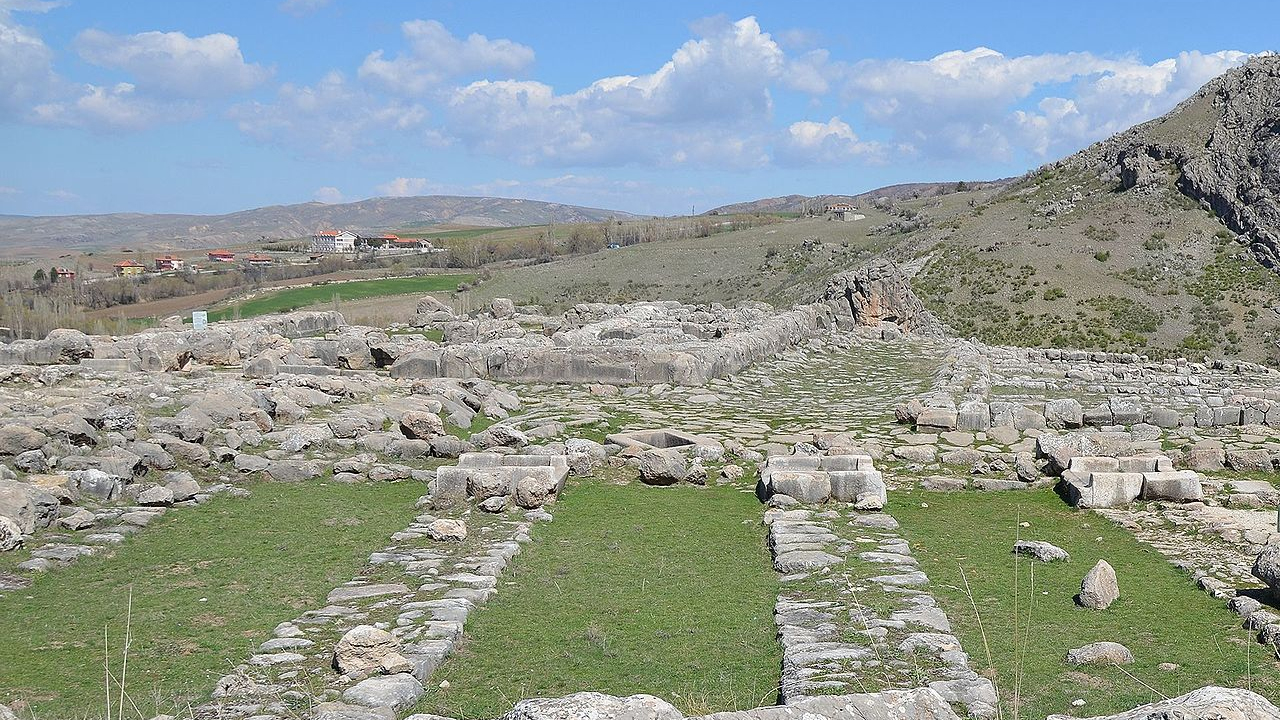
The Hittites ruled over parts of modern-day Turkey and Syria from around 1600 to 1178 BCE. They were known for their legal codes, chariot warfare, and conflicts with Egypt, including the famous Battle of Kadesh. Their use of iron weapons gave them a military edge. The Hittite Empire fell due to internal strife and external invasions.
The Caral-Supe Civilization
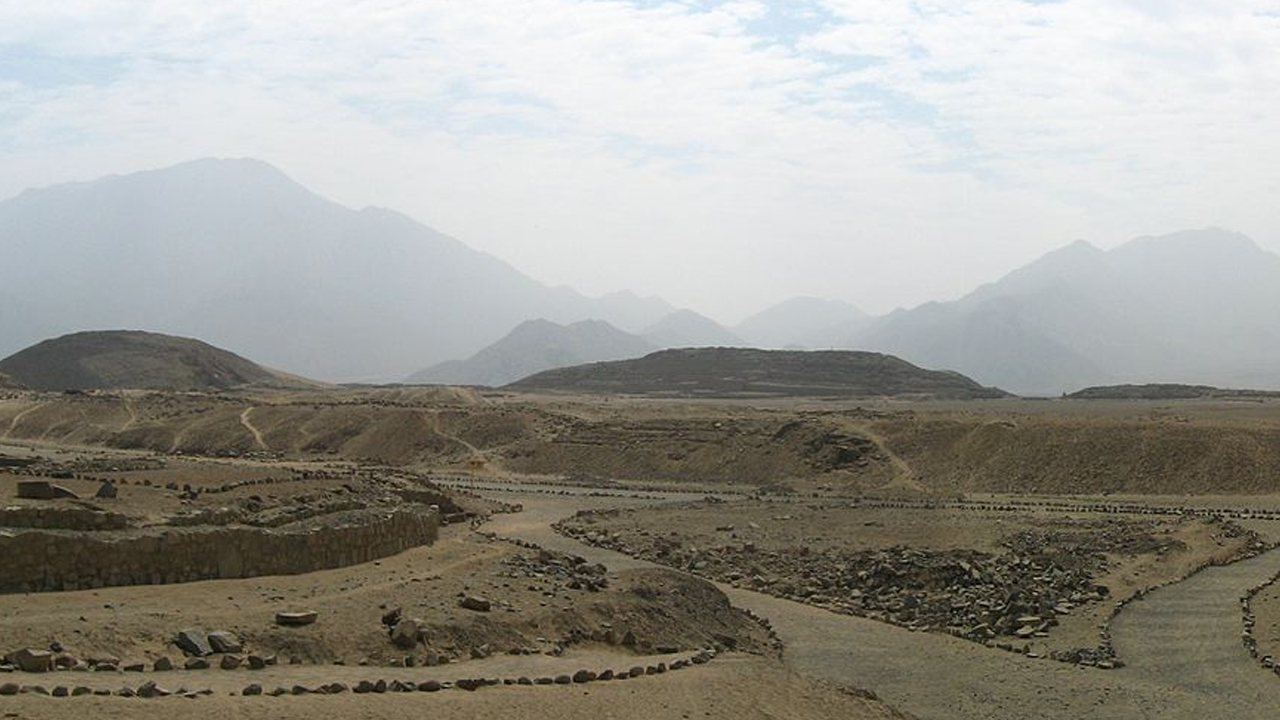
The Caral-Supe civilization is one of the oldest in the Americas, dating back to around 3000 BCE in present-day Peru. They built large pyramids and had a complex society with advanced agricultural practices. Caral-Supe is considered a mother culture for later Andean civilizations. It mysteriously declined around 1800 BCE, possibly due to climate change.
The Scythians
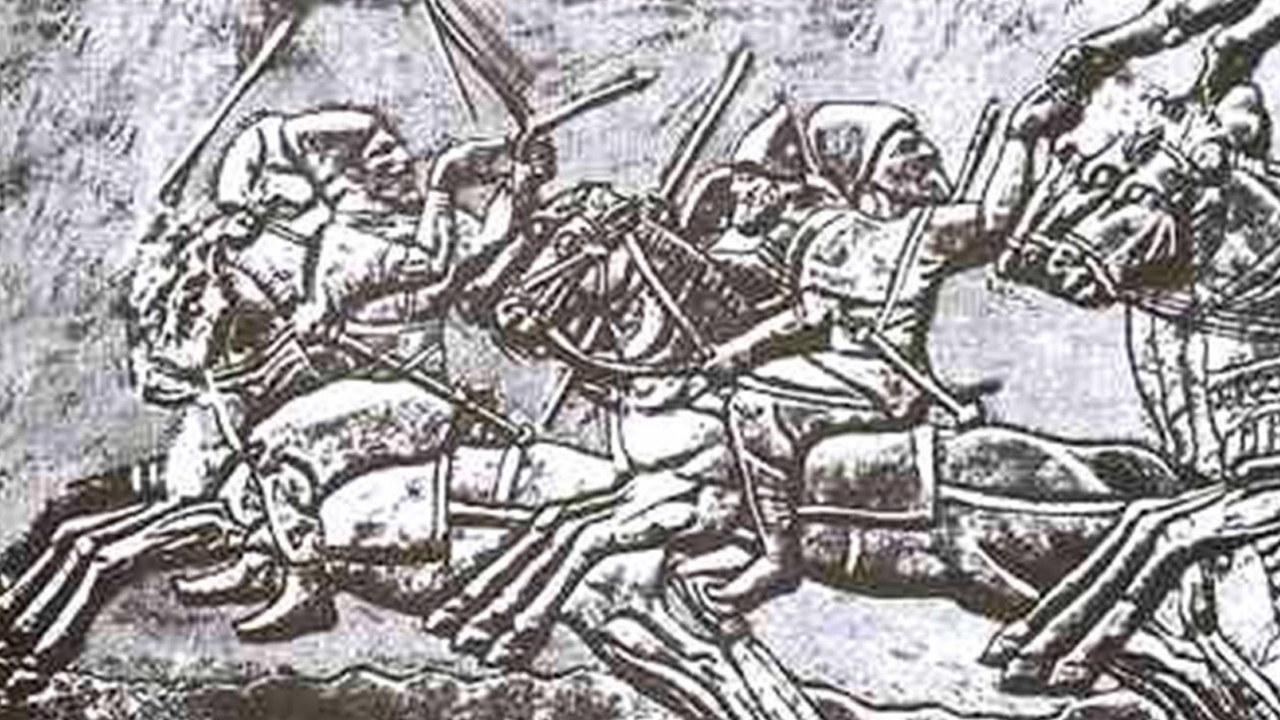
The Scythians were nomadic warriors who roamed the Eurasian steppes from around 900 BCE to 200 BCE. They are known for their horsemanship, archery skills, and elaborate gold jewelry. The Scythians influenced the cultures of the regions they inhabited. They eventually faded from history, merging with other groups.
The Elamites
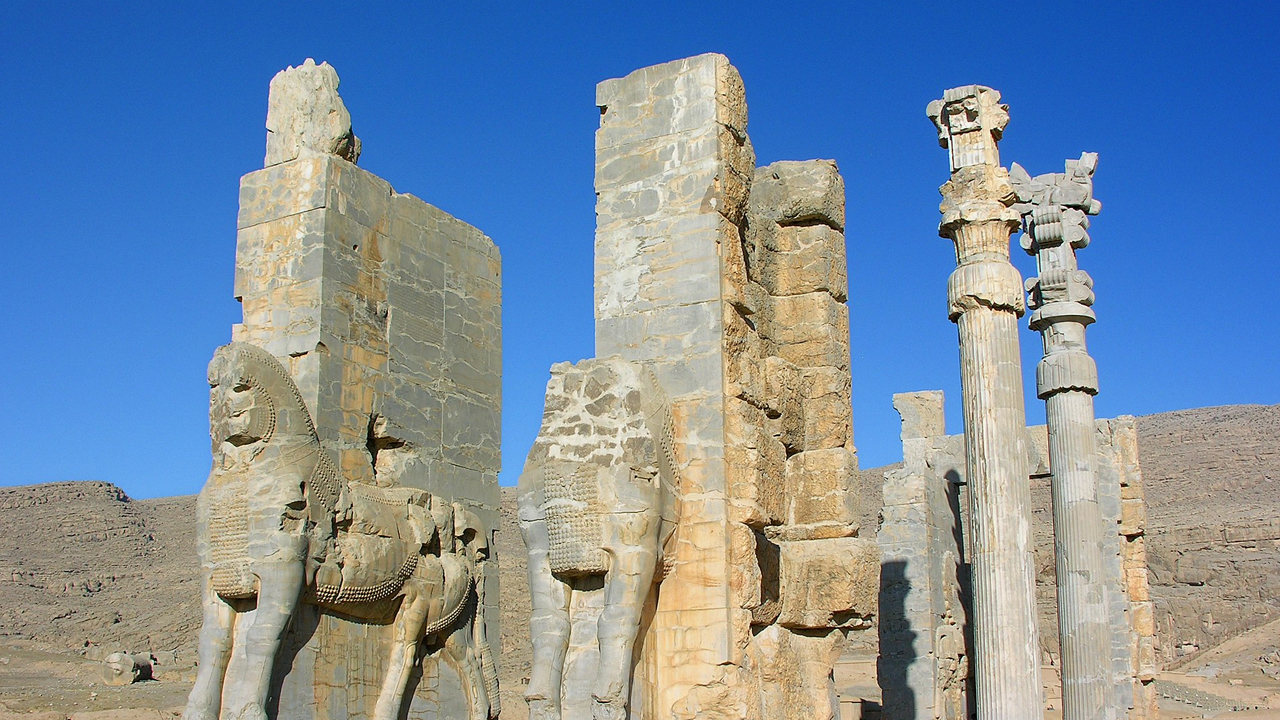
The Elamites lived in what is now southwestern Iran from around 2700 to 539 BCE. They had a distinct language and script and were known for their conflicts with Mesopotamian civilizations. The Elamites built impressive ziggurats and palaces. They were eventually conquered by the Persians, who absorbed their culture into the Achaemenid Empire.
The Zapotecs
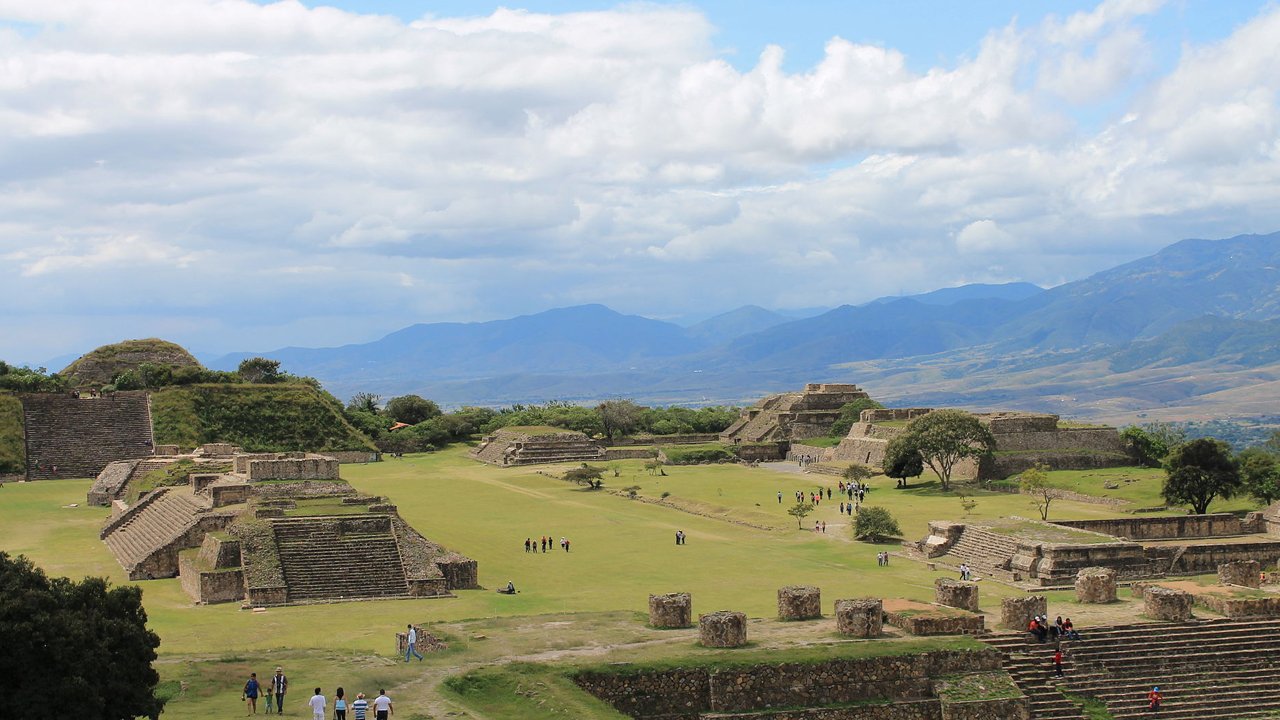
The Zapotec civilization emerged in the Oaxaca Valley of Mexico around 700 BCE and lasted until around 1521 CE. They developed a writing system and calendar and built the city of Monte Albán. The Zapotecs were skilled architects and artisans. Their culture and traditions continue to influence the region today.
The Chavin Civilization
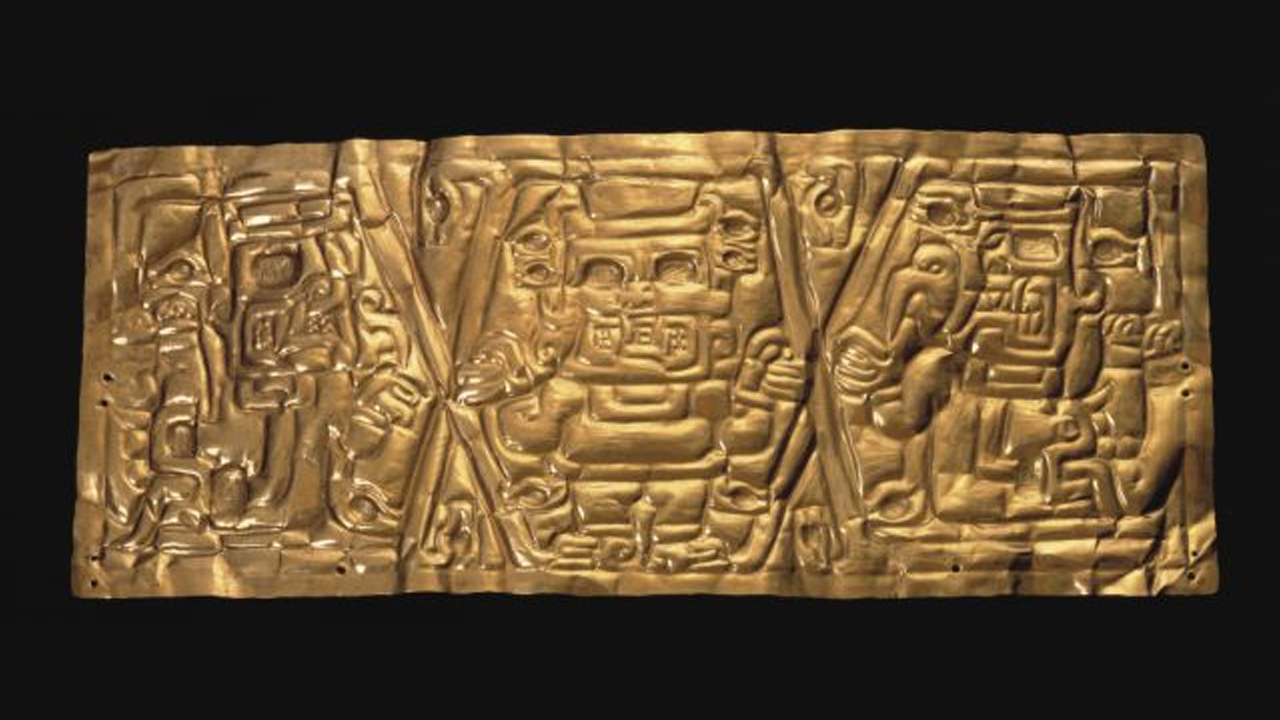
The Chavin civilization thrived in the Andean highlands of Peru from around 900 to 200 BCE. They are known for their religious center at Chavín de Huántar and their intricate stone carvings. The Chavin influenced many later Andean cultures. They mysteriously declined, with reasons for their fall still debated by historians.
The Aksumite Empire
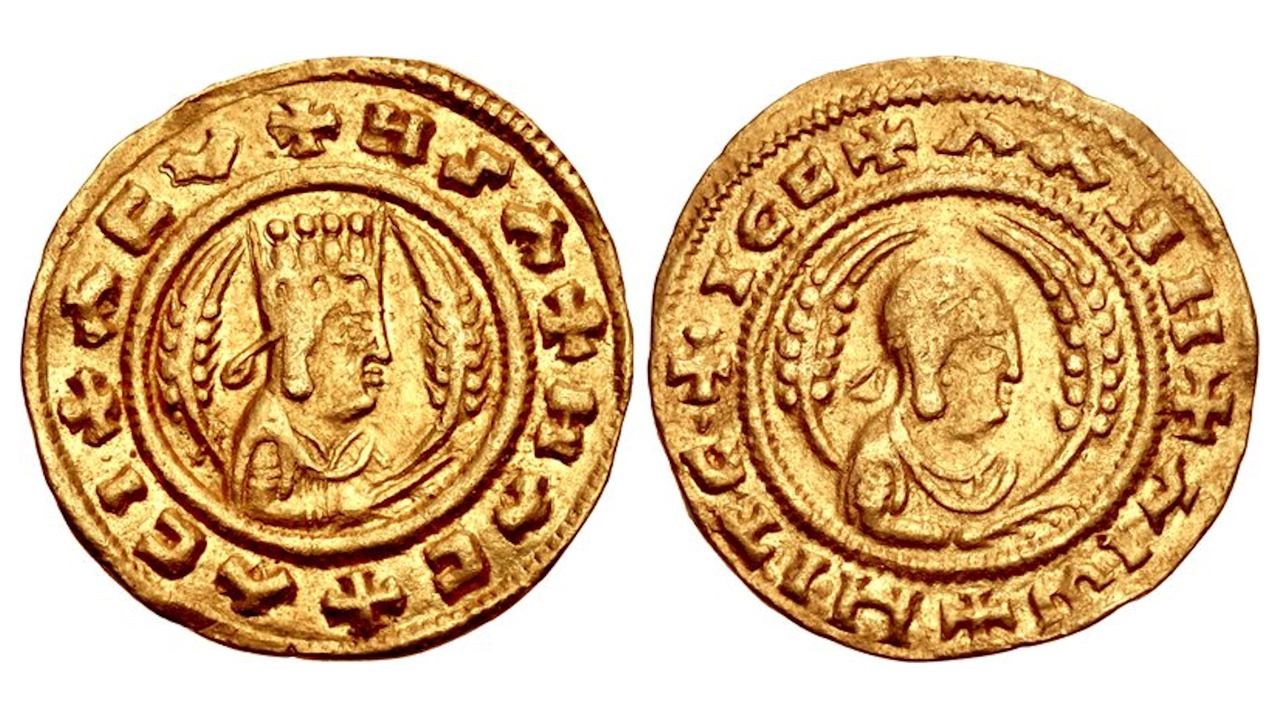
The Aksumite Empire was a trading powerhouse in what is now Ethiopia and Eritrea from around 100 CE to 940 CE. They minted their own coins and had a written script known as Ge’ez. Aksum controlled trade routes between Africa, Arabia, and India. Their decline was due to economic isolation and environmental changes.
The Nabataeans
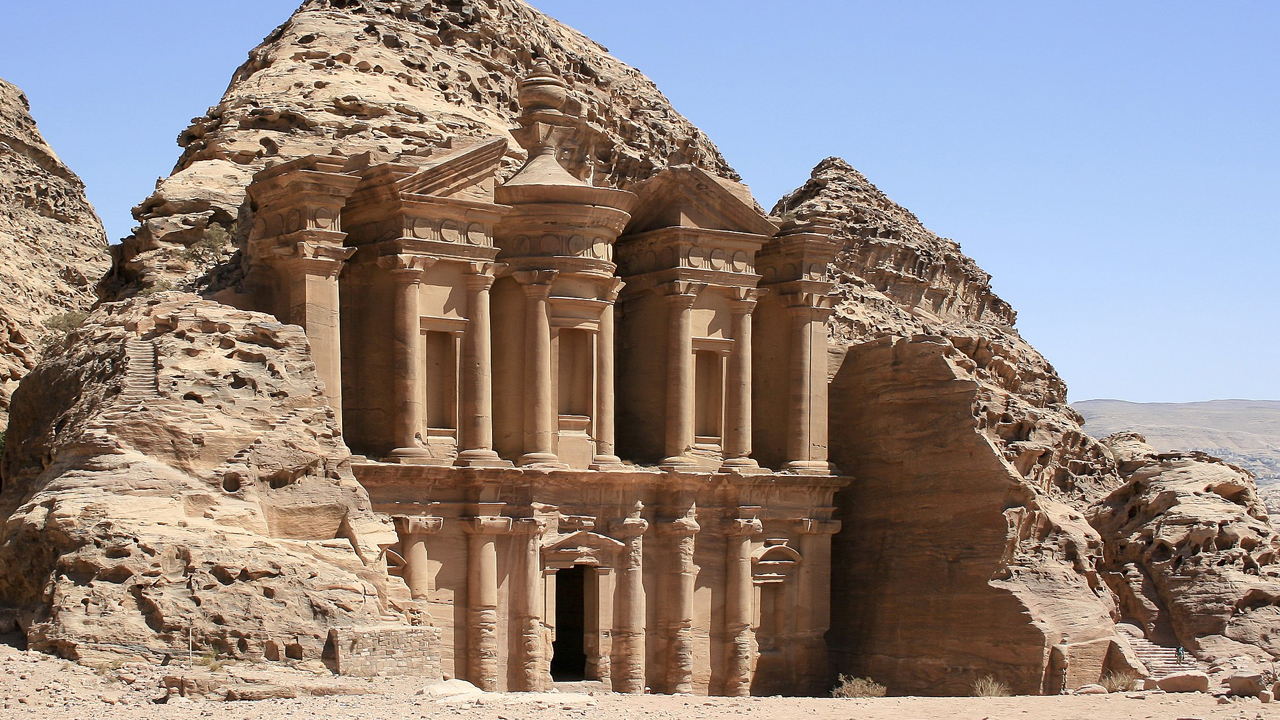
The Nabataeans built the famous city of Petra in present-day Jordan around 312 BCE. They were master builders and traders, controlling key caravan routes. Their impressive rock-cut architecture and water management systems are still admired today. The Nabataean kingdom eventually became part of the Roman Empire.
The Khmer Empire
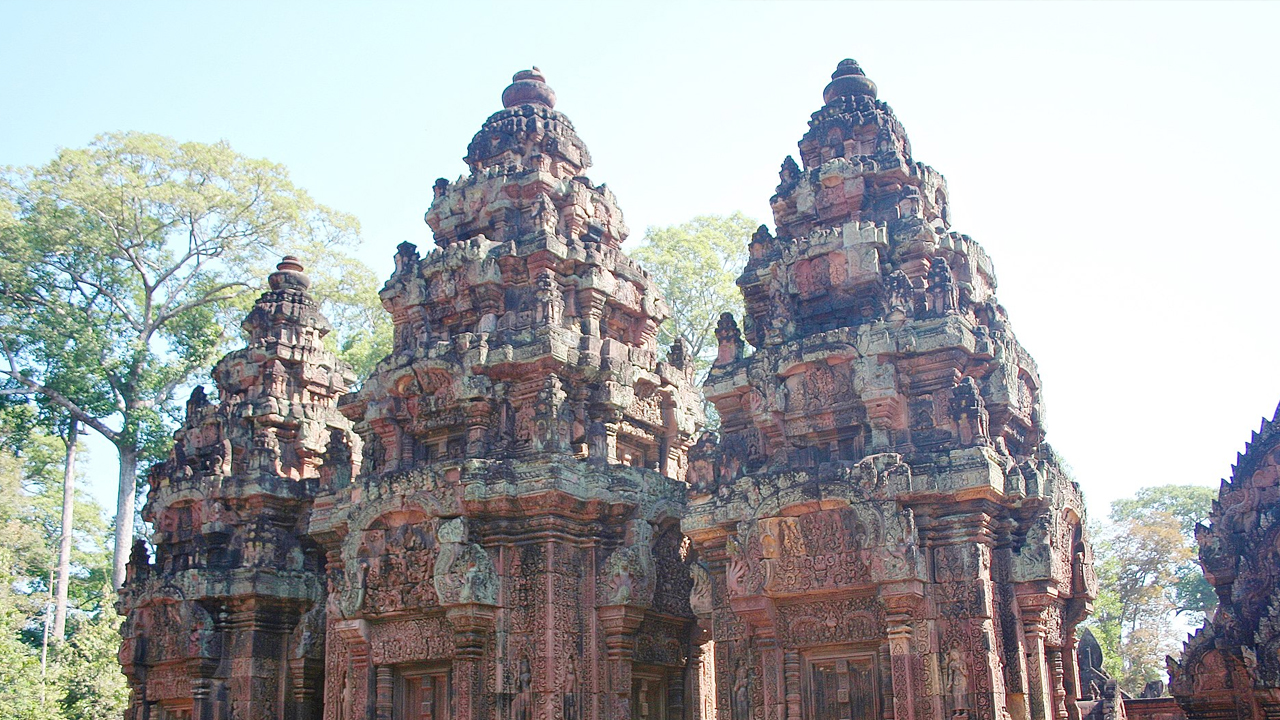
The Khmer Empire flourished in Southeast Asia from around 802 to 1431 CE. They built the magnificent temple complex of Angkor Wat. The Khmer were skilled in architecture, agriculture, and hydraulics. Internal strife, invasions, and ecological factors contributed to their decline.
The Mycenaeans
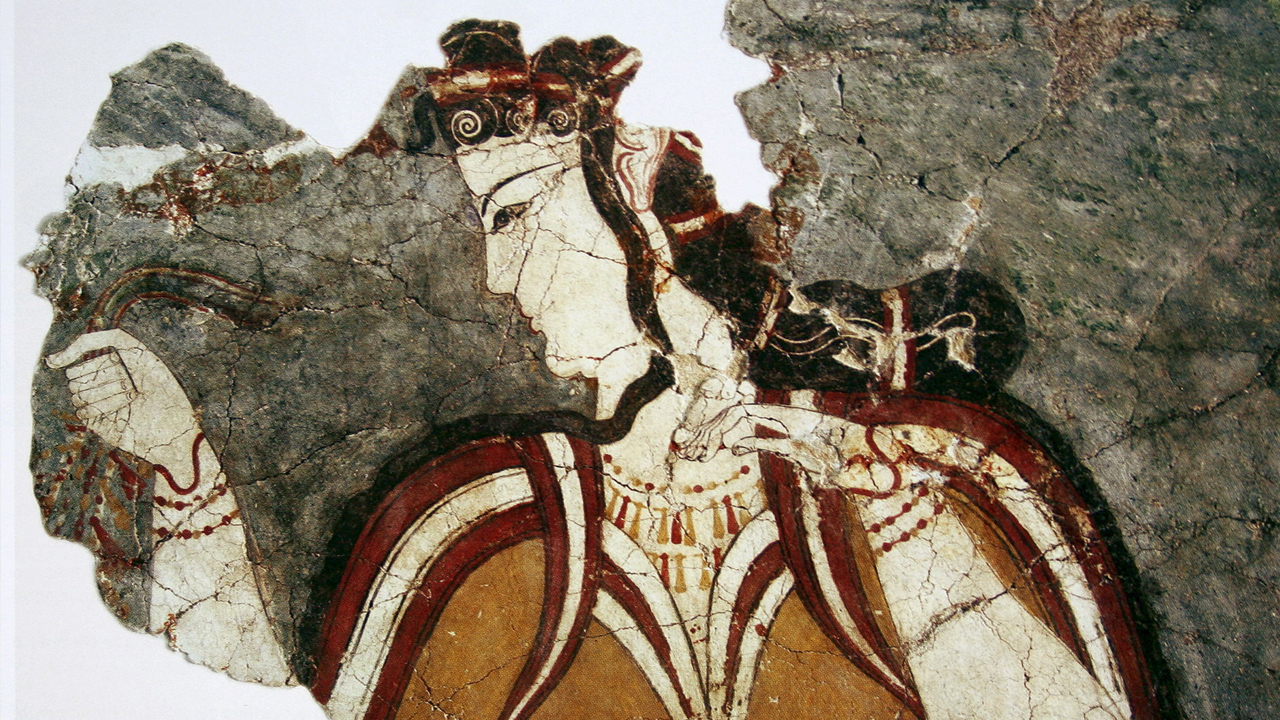
The Mycenaeans were the early Greeks who lived from around 1600 to 1100 BCE. They are famous for their citadels and involvement in the Trojan War. The Mycenaeans developed Linear B script and were advanced in metalworking and pottery. Their civilization fell during the Late Bronze Age collapse.
The Mississippians
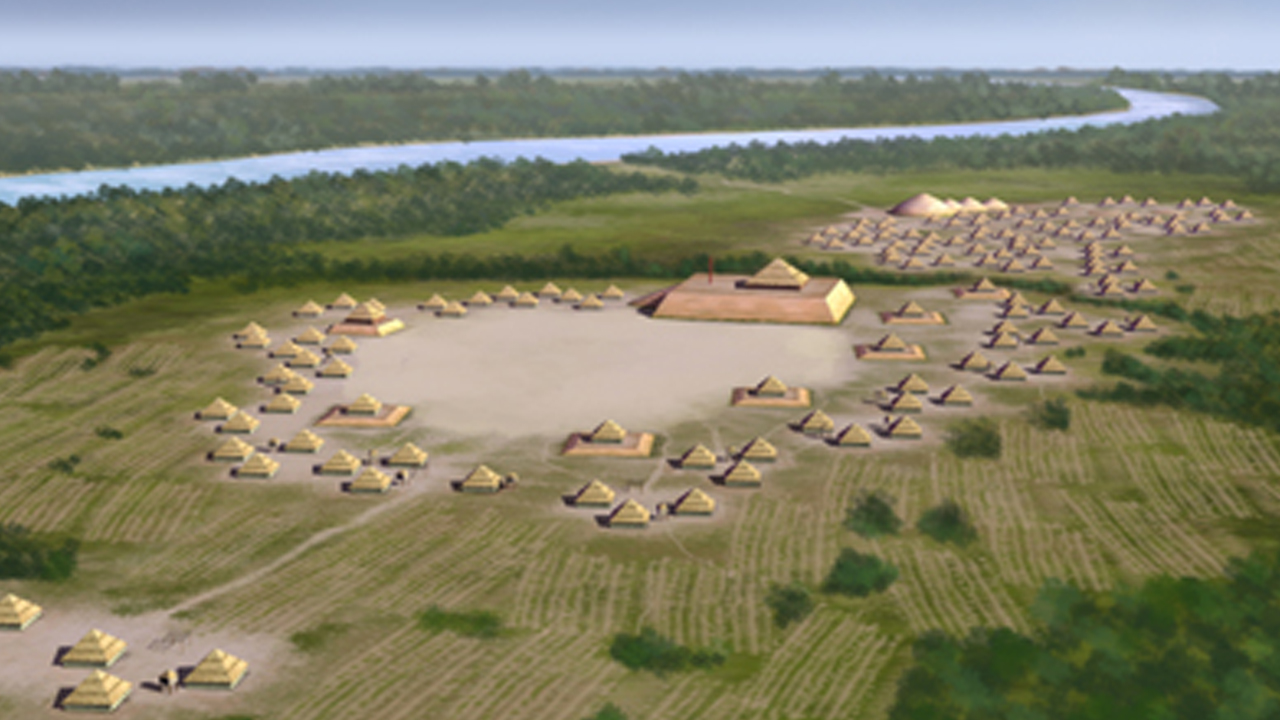
The Mississippian culture existed in North America from around 800 CE to 1600 CE. They built large earthen mounds, such as those at Cahokia. The Mississippians had complex societies with trade networks spanning vast distances. Their decline is attributed to European contact, disease, and internal conflicts.
Ellen has been obsessed with logic puzzles, jigsaws, and cryptograms since she was a kid. After learning she was taught how to play chess wrong by a family friend (so they could win), she joined her school chess club and the rest is history.

